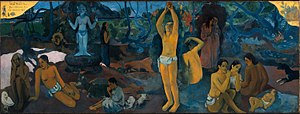| |||
|---|---|---|---|
| +... | |||
This article needs additional citations for verification .(February 2025) |
The year 1897 in art involved some significant events.
| |||
|---|---|---|---|
| +... | |||
This article needs additional citations for verification .(February 2025) |
The year 1897 in art involved some significant events.

